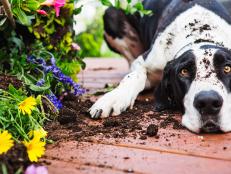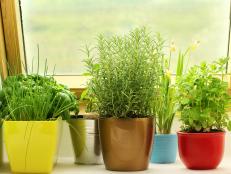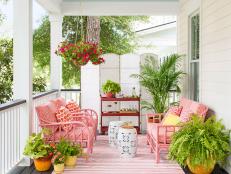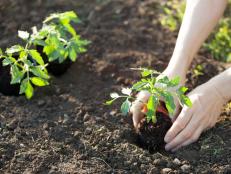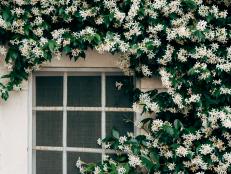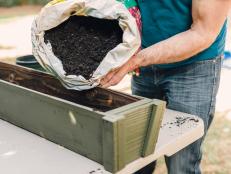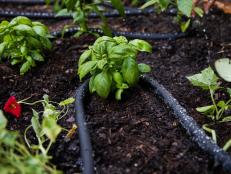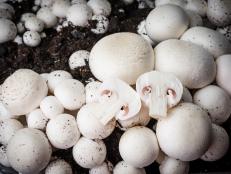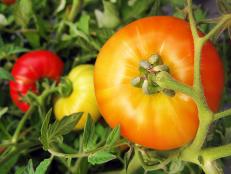What You Need to Know About Your Garden Hose
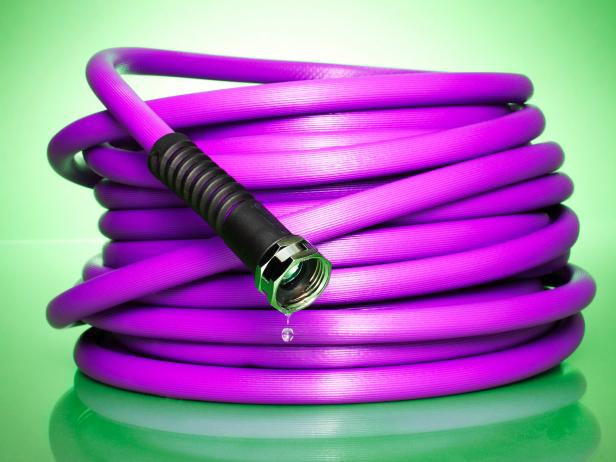
Chris Coppola/Studio D (Styling by Miako Katoh)

"I hate sunbathing"
Store hoses in a shady place. Prolonged exposure to UV rays can cause those made of PVC to become brittle or crack. Some rubber hoses can soften in the sun, leaving behind residue on your hands or the sidewalk.
"I work better with a buddy."
To help your hose spray water more effectively, connect it to an adjustable nozzle or a water wand. These gizmos let you control the flow, whether you need a high-pressured stream for blasting dirt off a walkway or a gentle spray for quenching flower beds.
"Reel me up, please."
Cracks usually result from a hose getting run over by a car or a lawn mower—or being put away with kinks in it. Make sure to wind yours smoothly around a reel after every use.
"Don’t forget to drain me."
Water can stay trapped in a hose, especially if you’re using a nozzle attachment. When that water expands in the heat, it can weaken or burst the hose. Before storing, turn the spigot off and give one last spray to get all the H2O out.
"The shorter one is often best."
Since extra-long hoses can reduce water pressure, avoid buying one that’s longer than you need. If you’re not sure of the ideal length, buy two smaller hoses and connect them when you want to reach the farthest parts of your yard.
"Sometimes holes are a good thing."
For flower beds or a newly planted tree, try a soaker hose, which is designed with tiny holes in it. The holes let water trickle out slowly, drenching the soil down to a plant’s roots—a more efficient system than standard watering.
Our experts: Maree Gaetani, gardening relations, and Brooke Sperling-Johnson, merchandise manager, Gardener’s Supply Company; Ron Greening, product designer and director of marketing and sales, Dramm Corporation; Susan Littlefield, horticultural editor, the National Gardening Association






